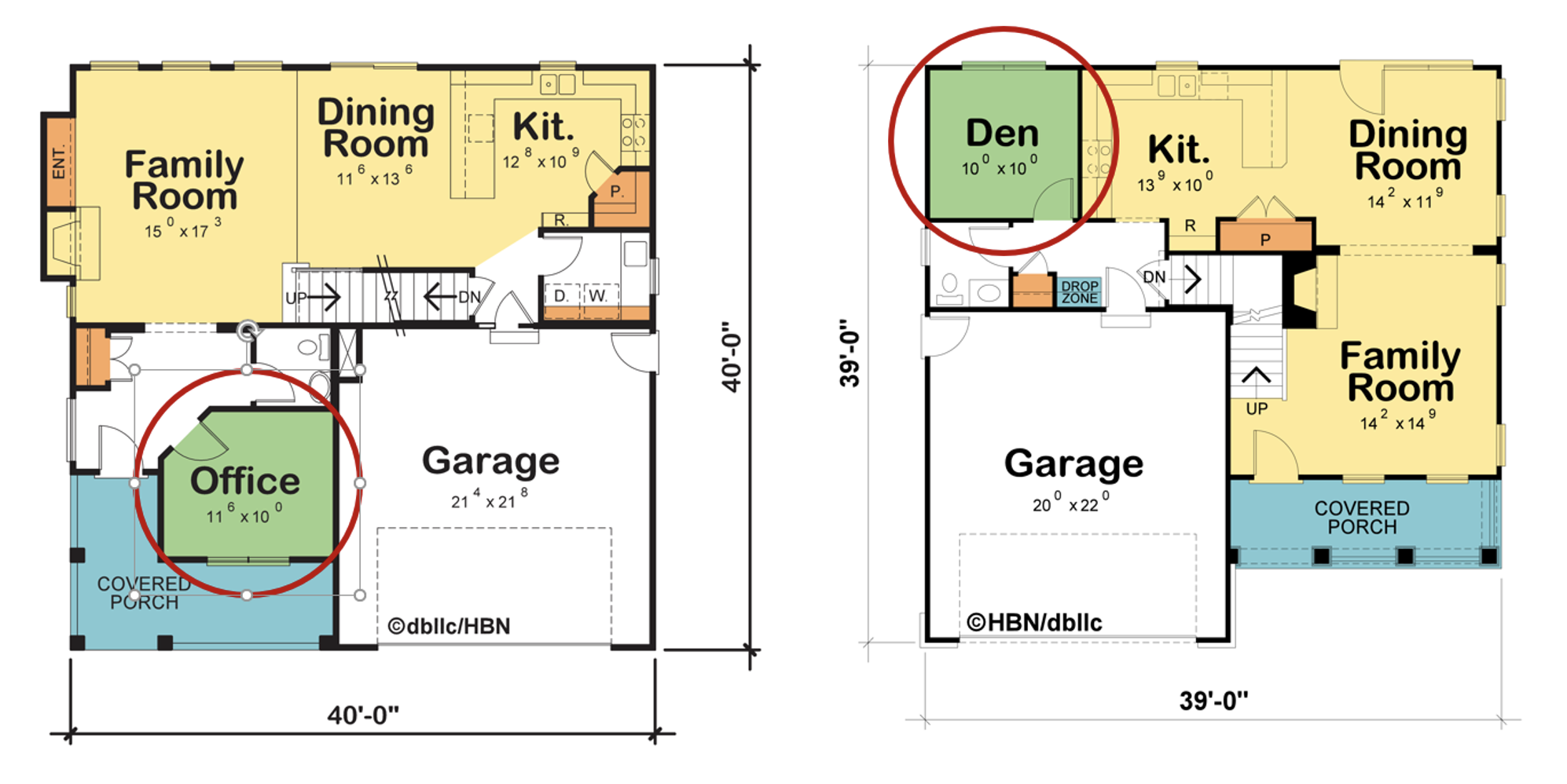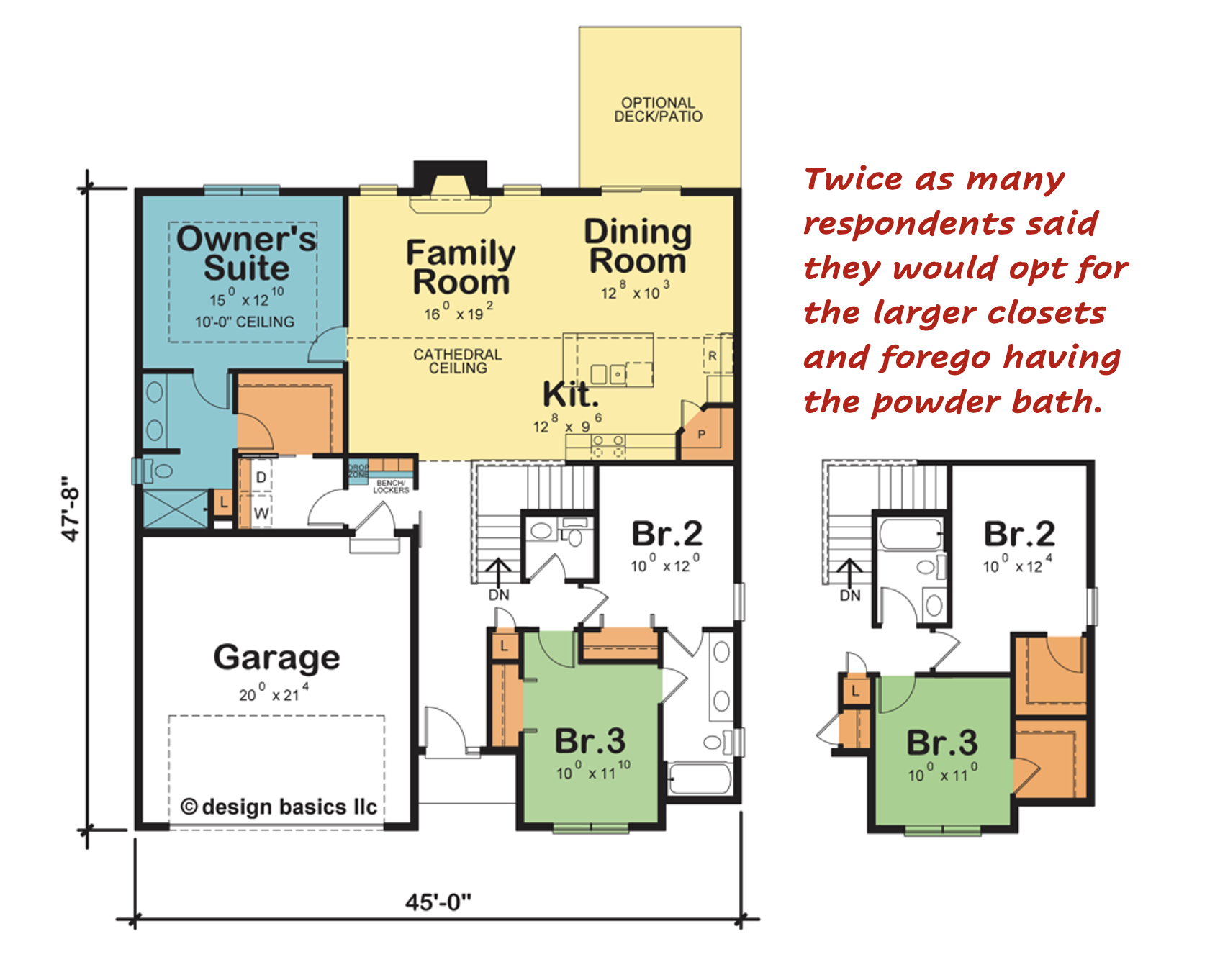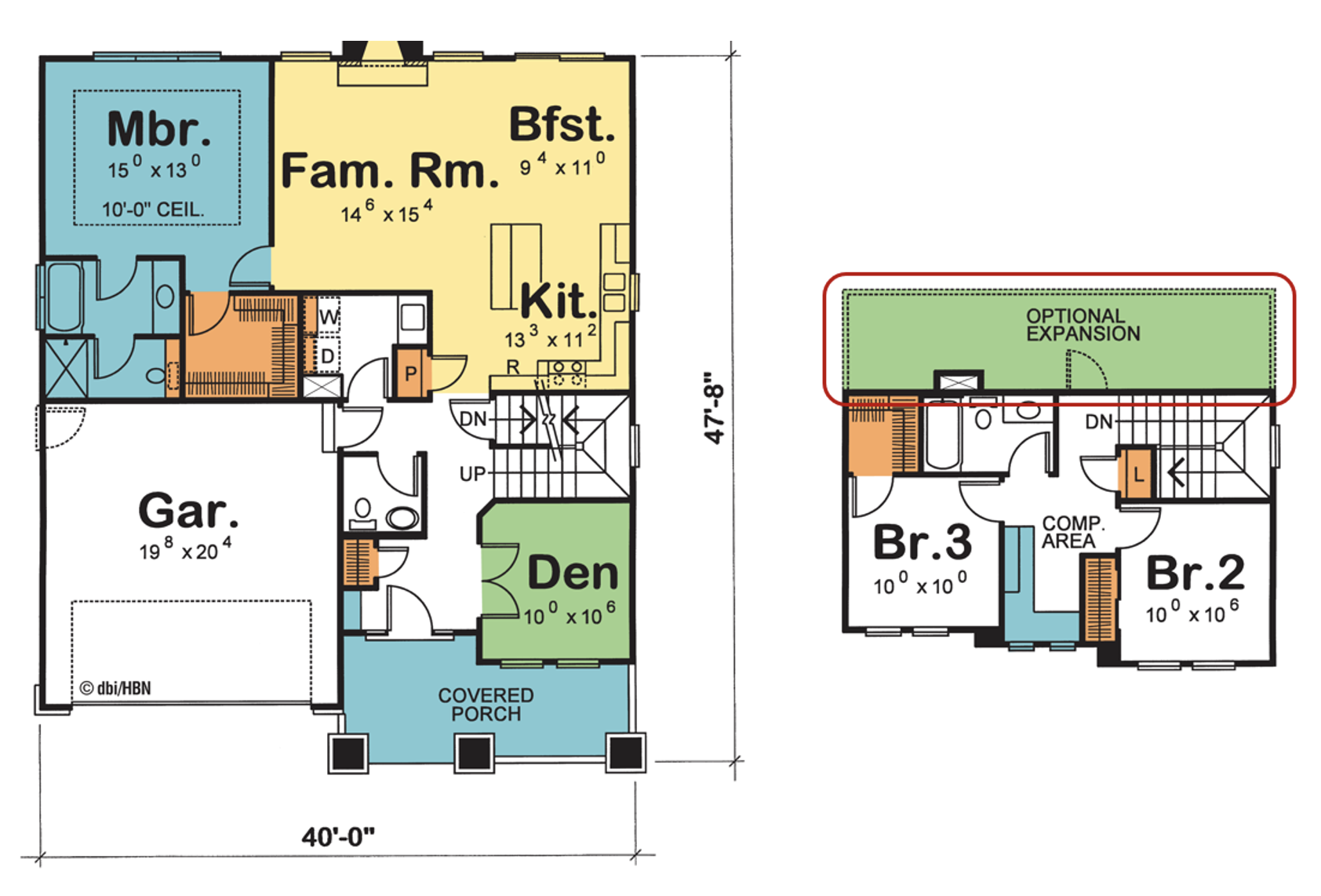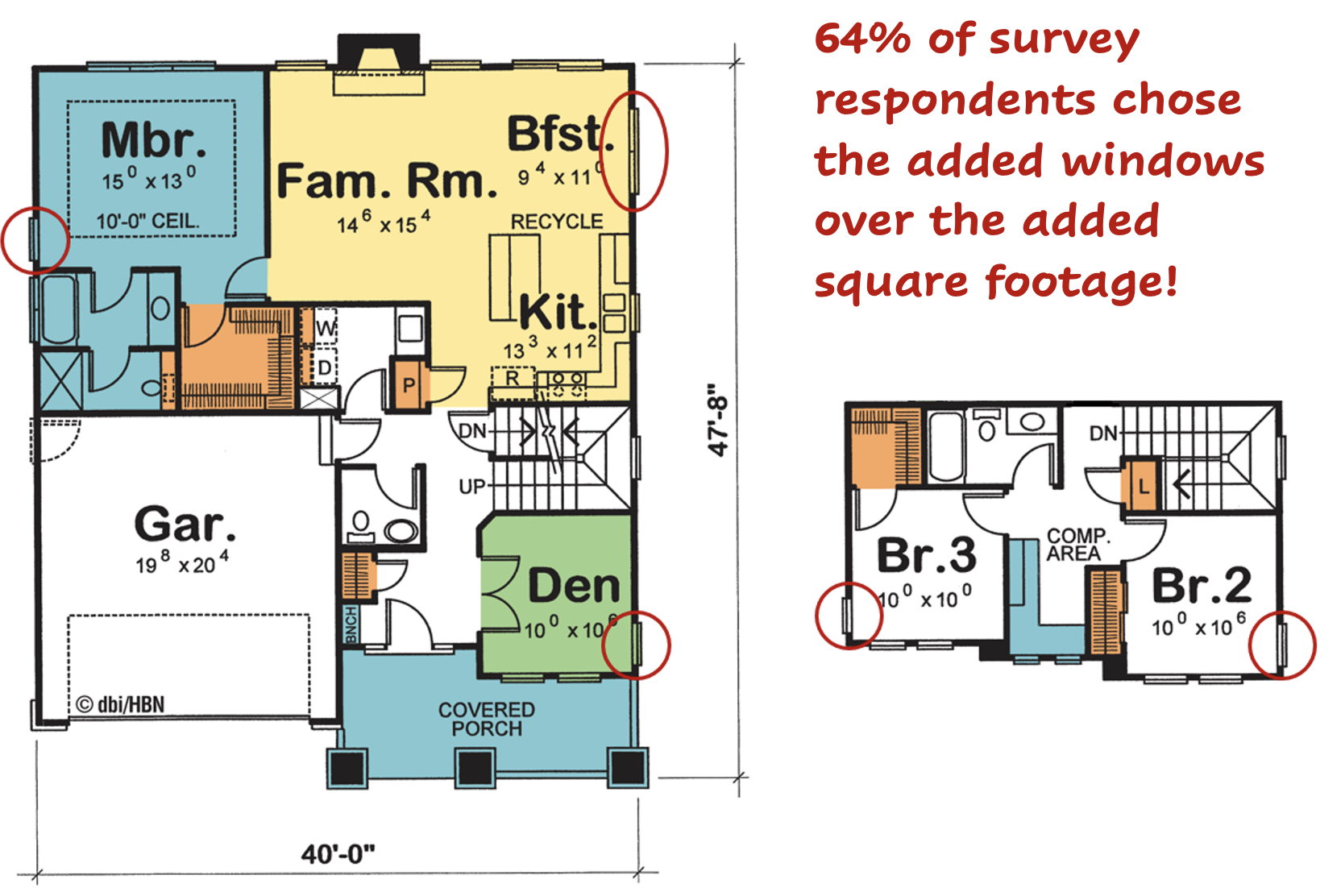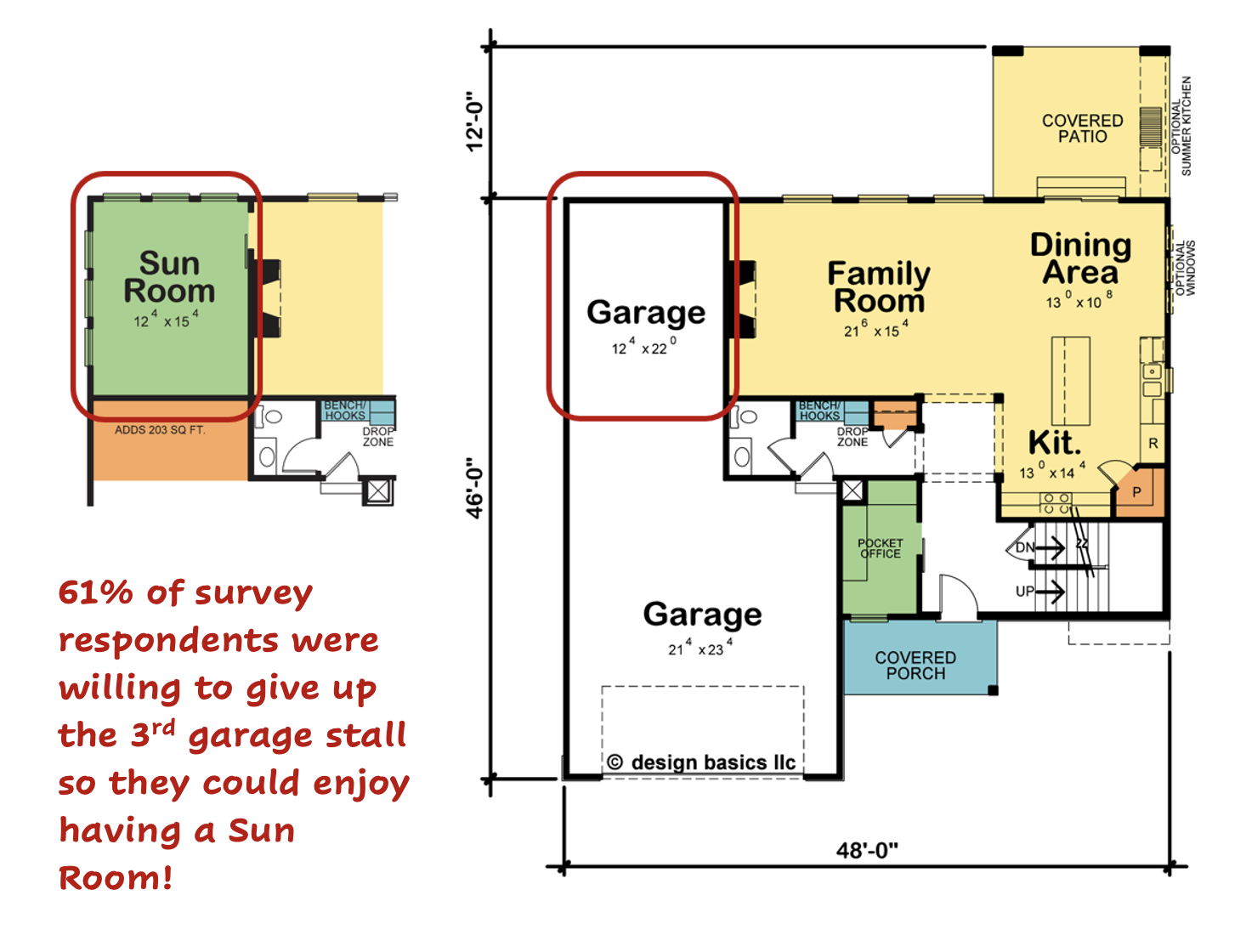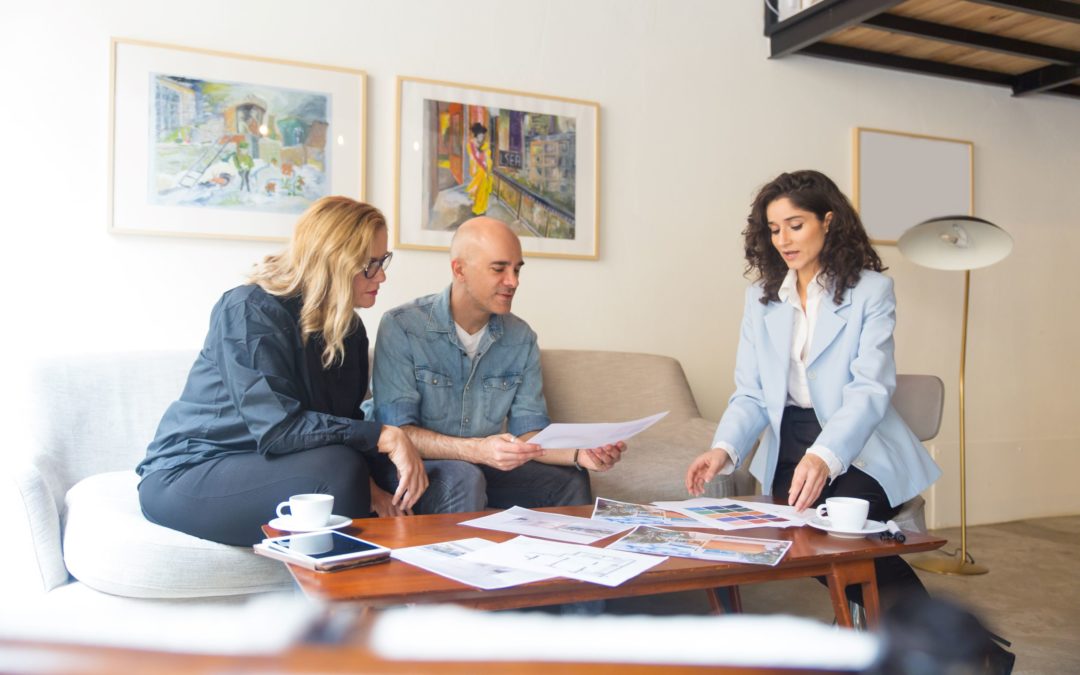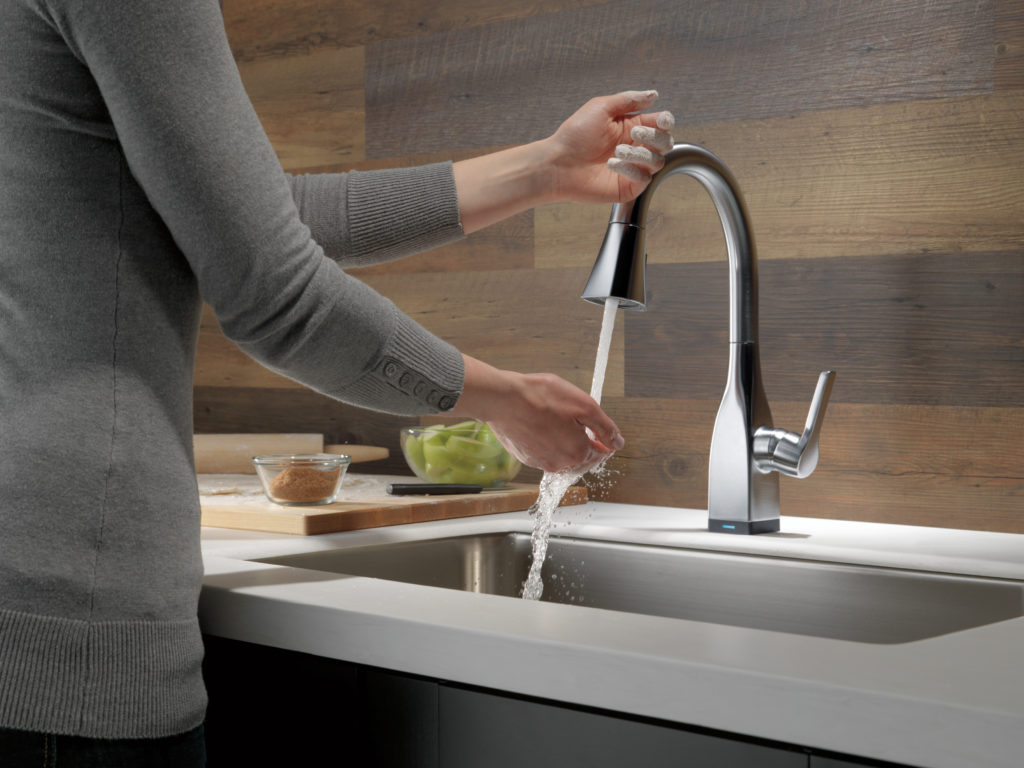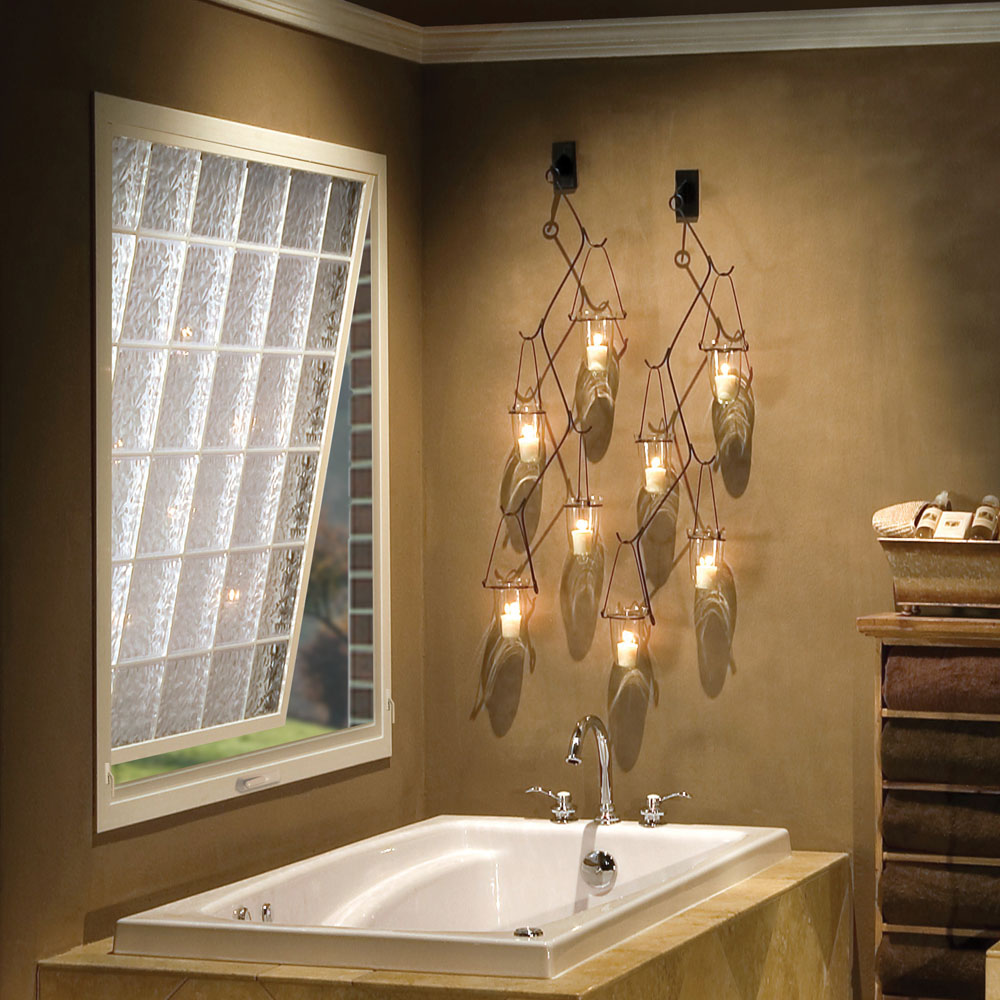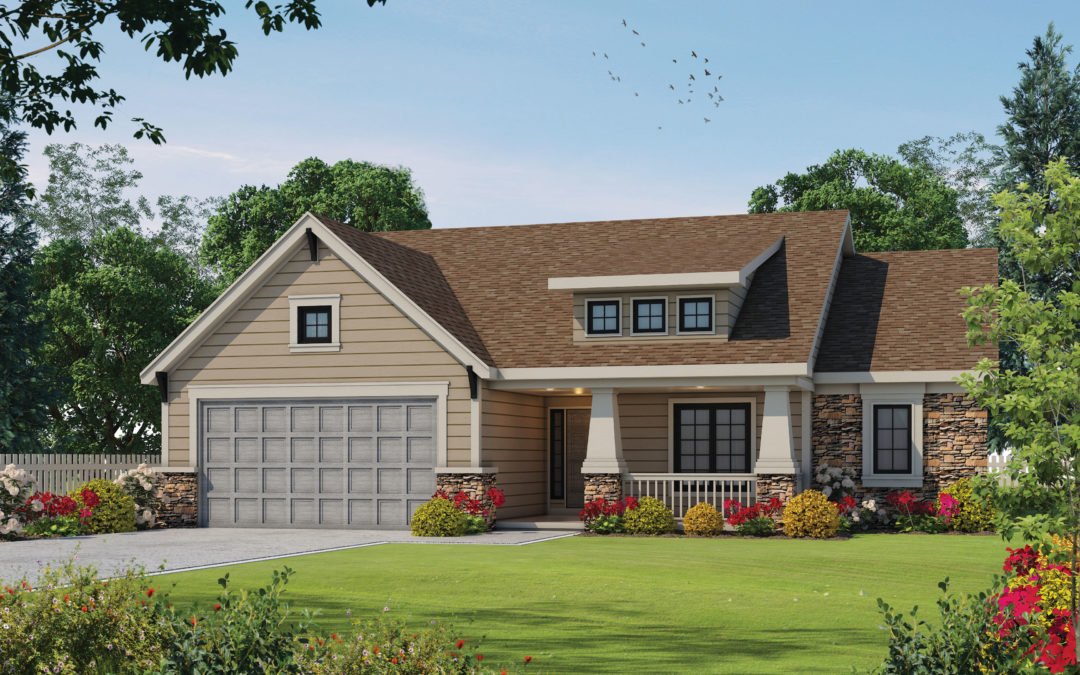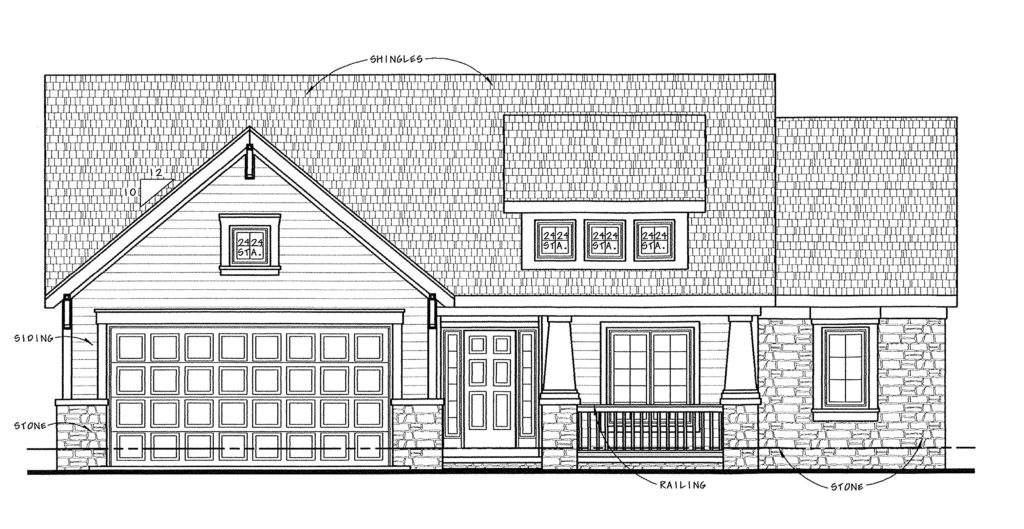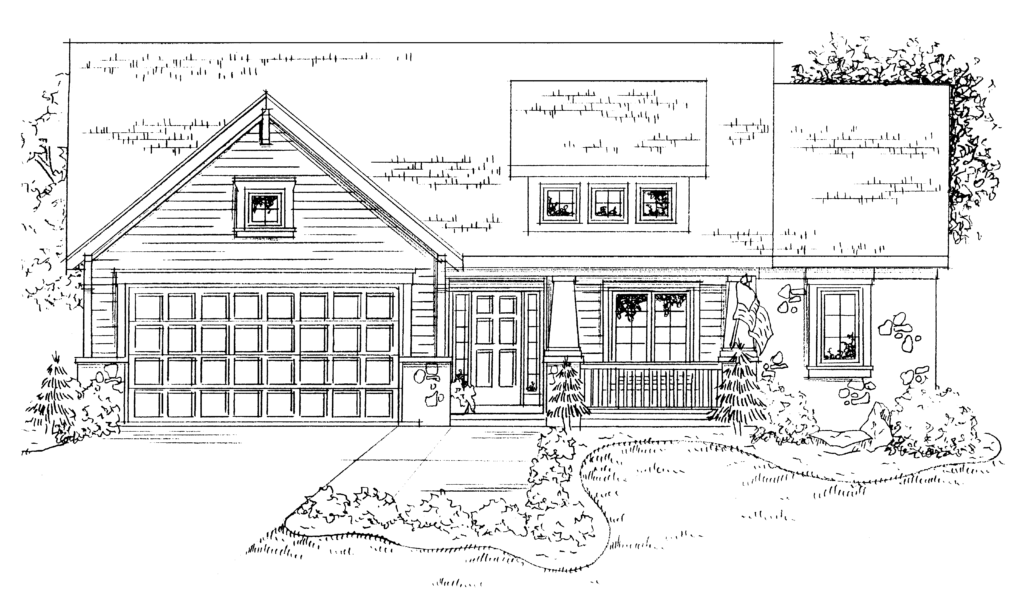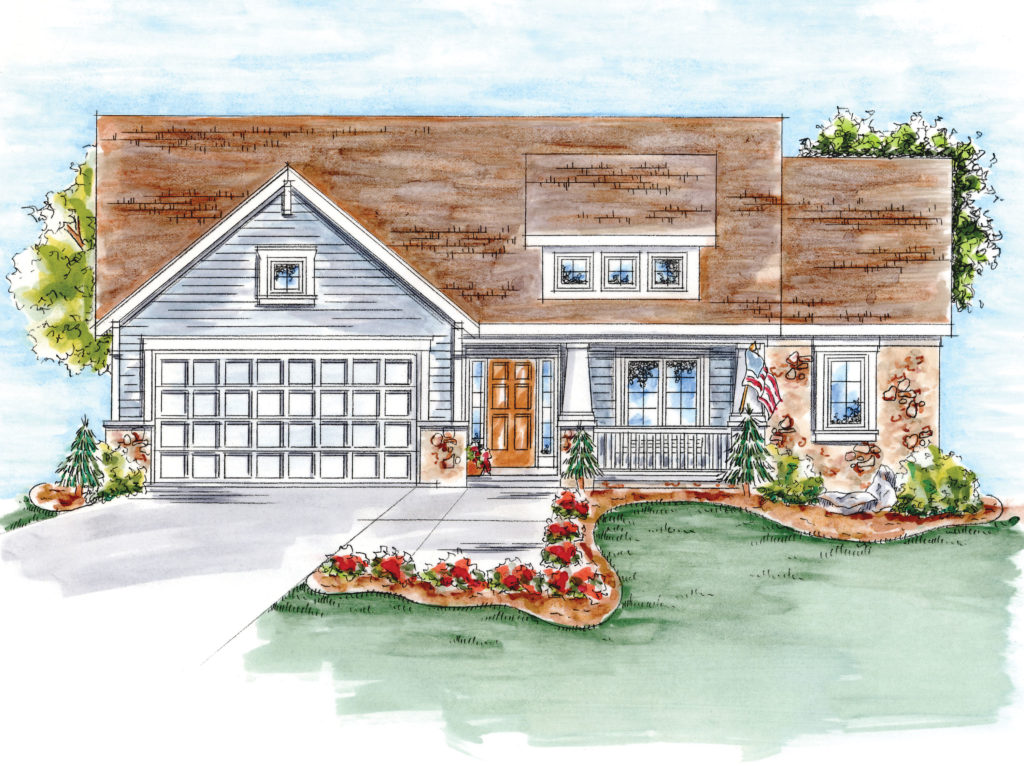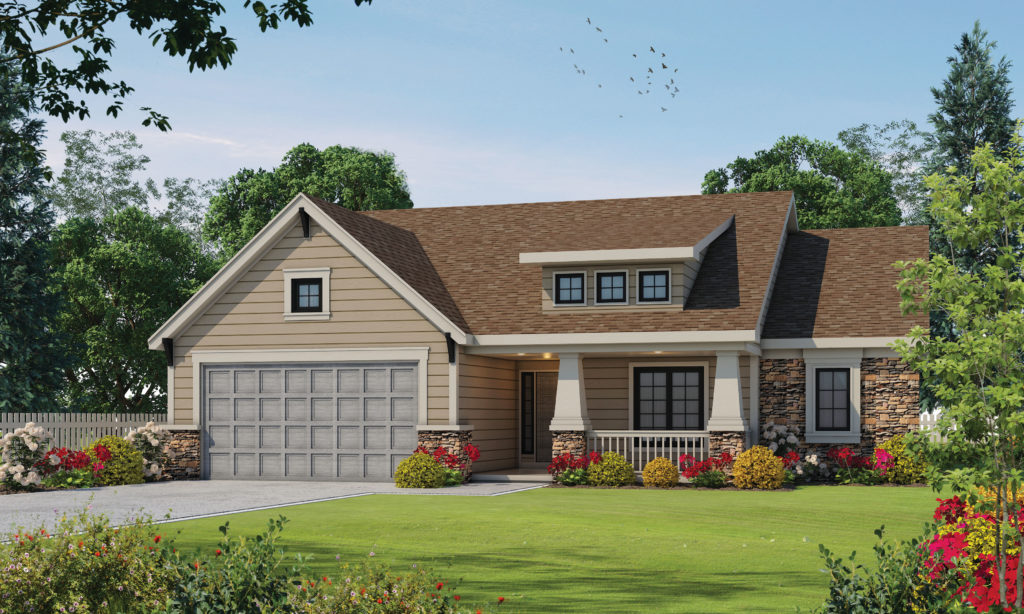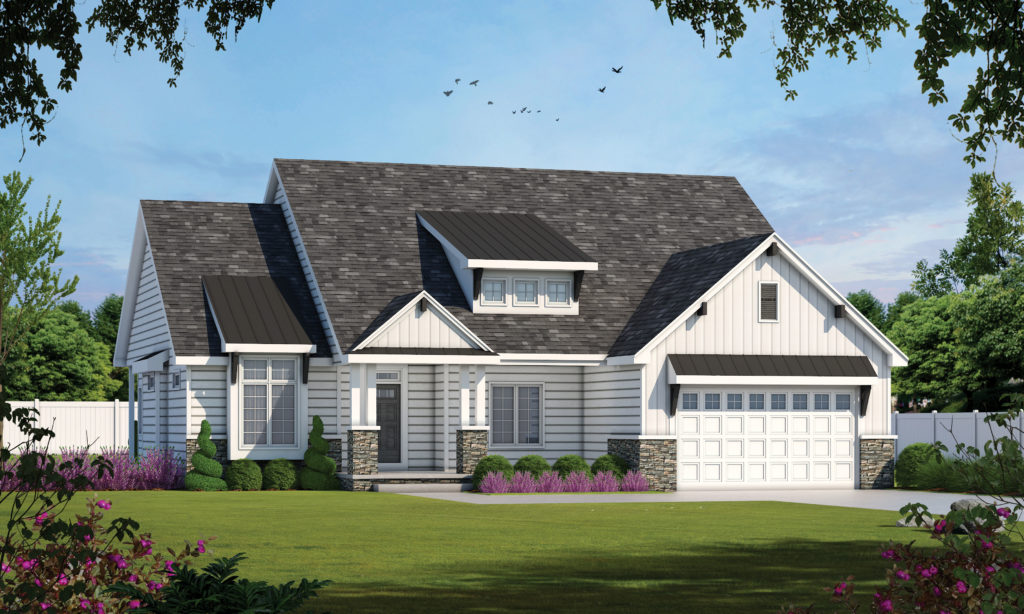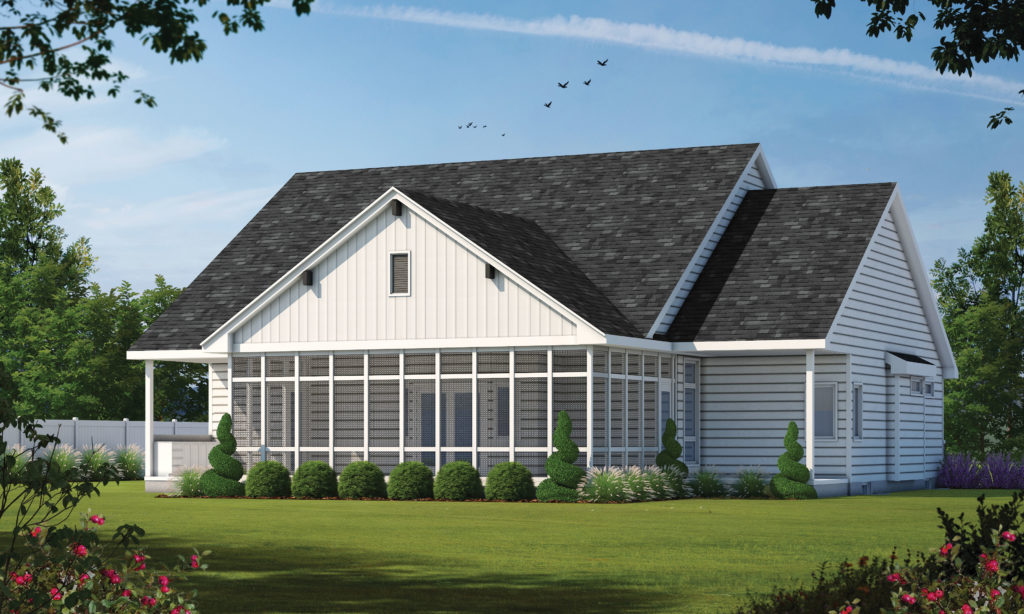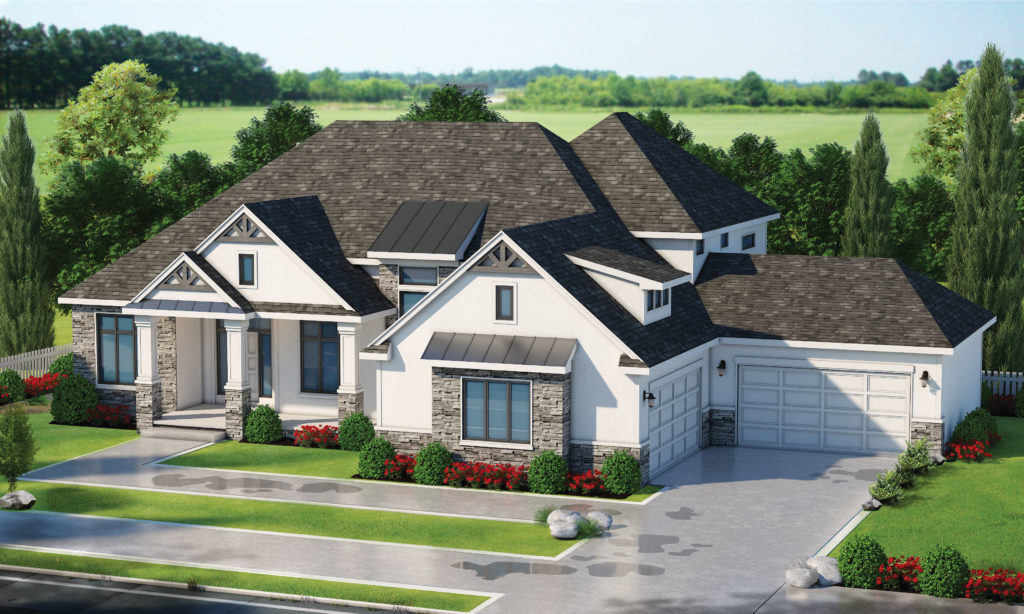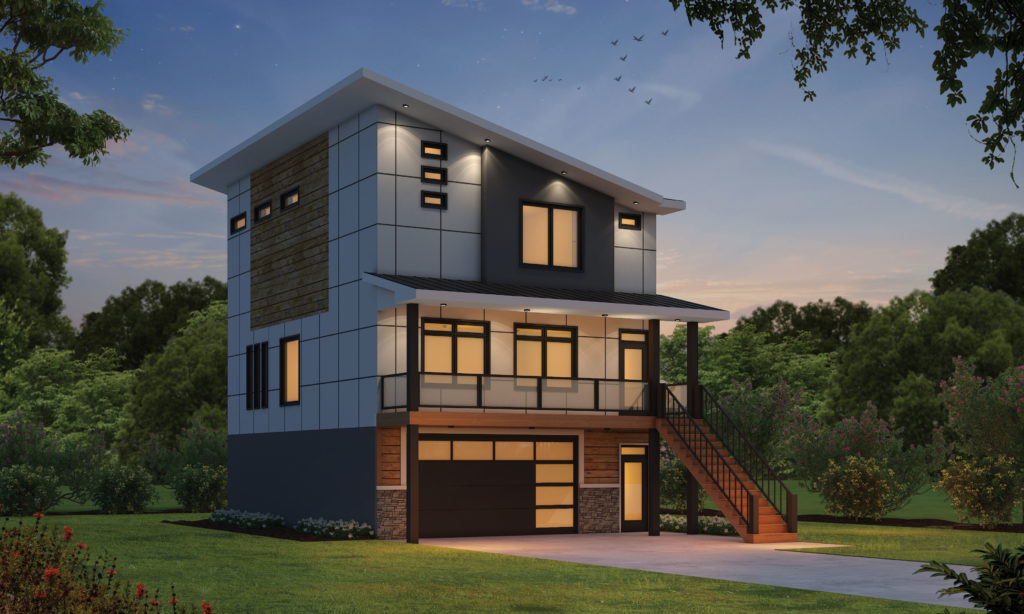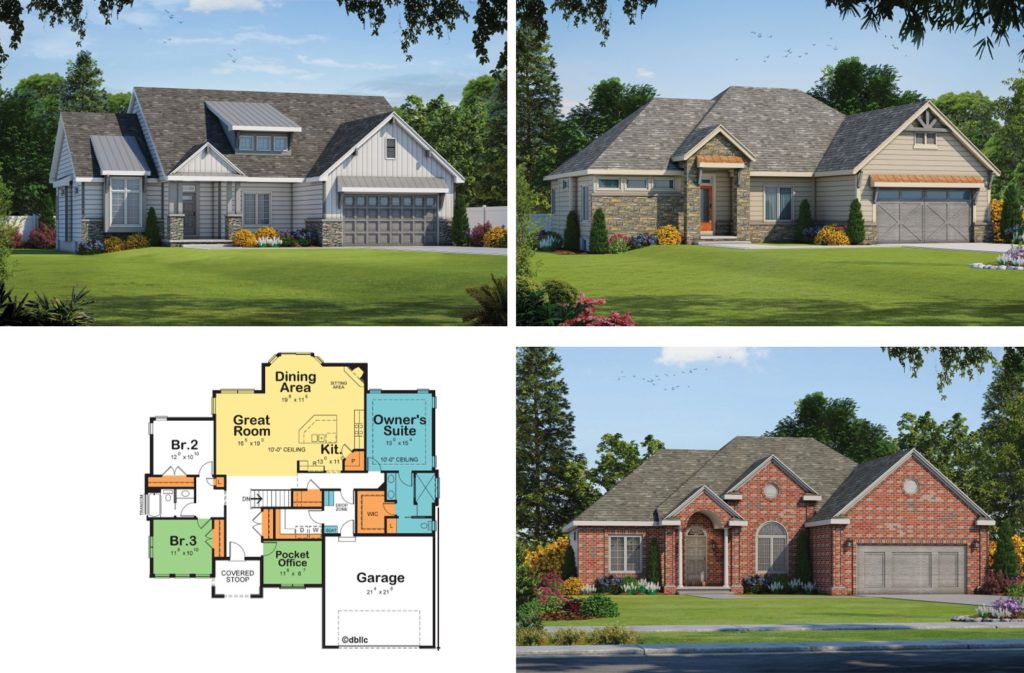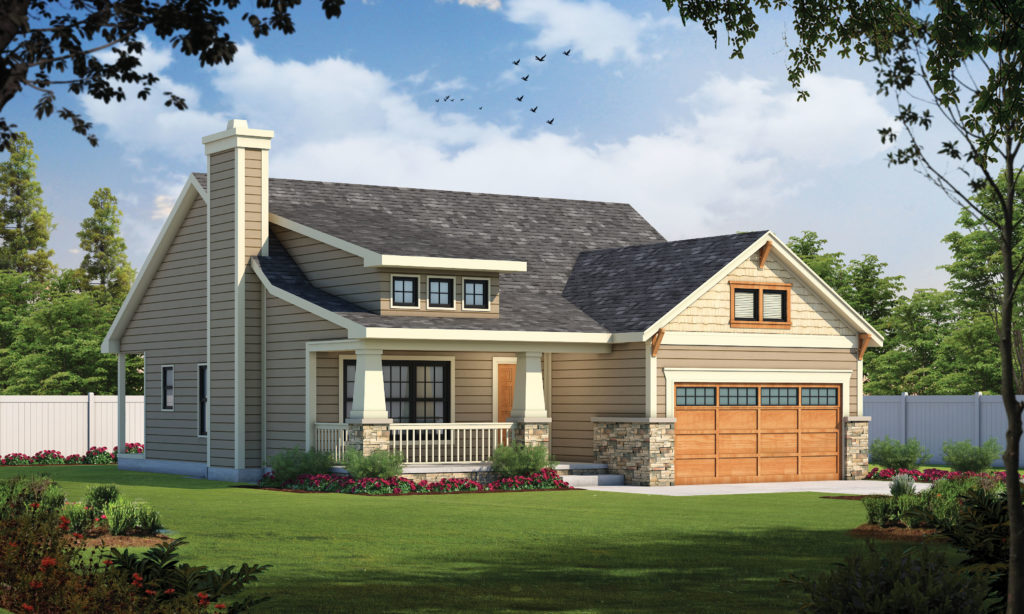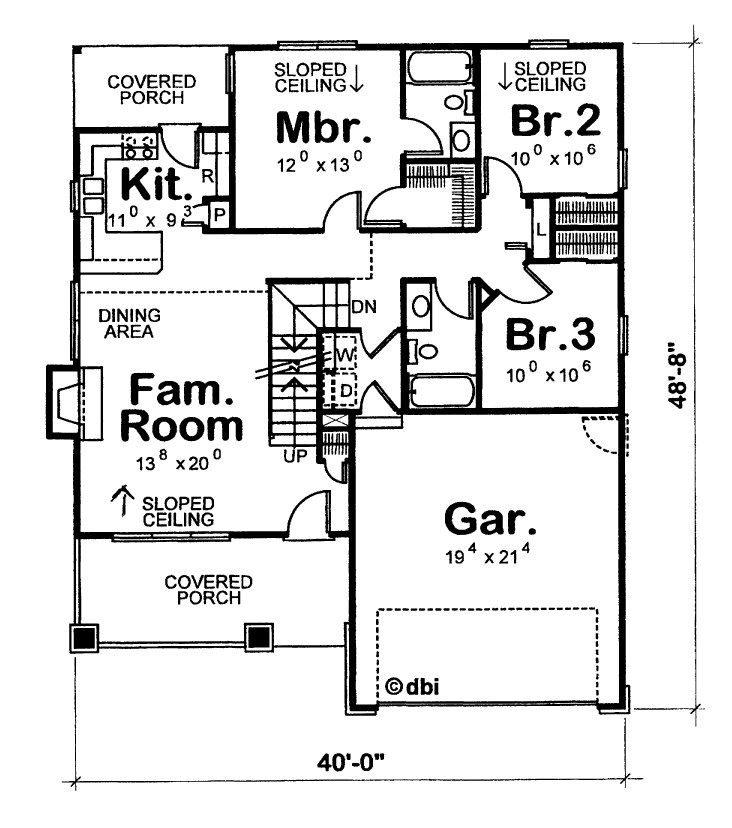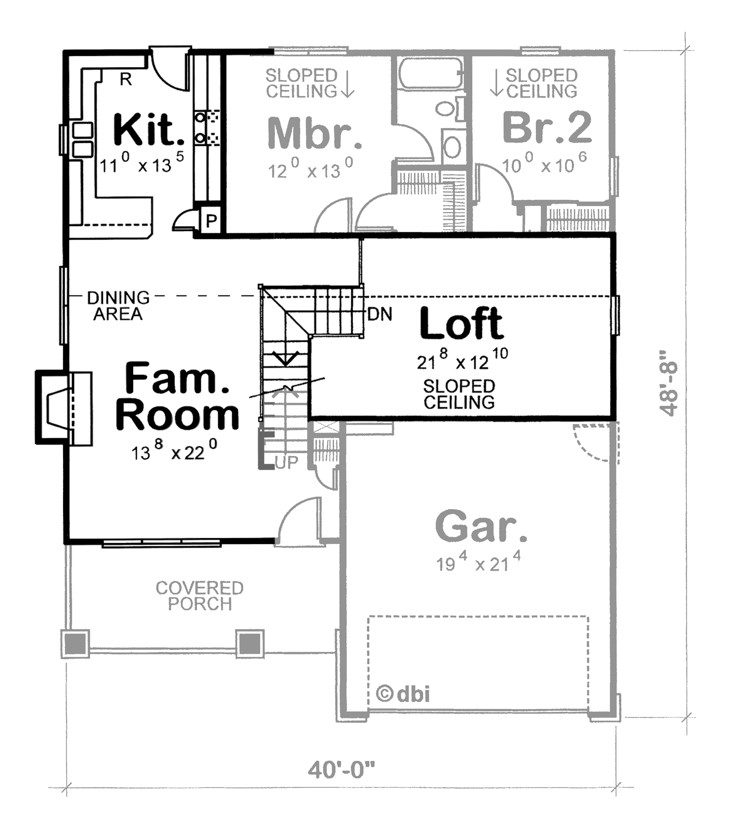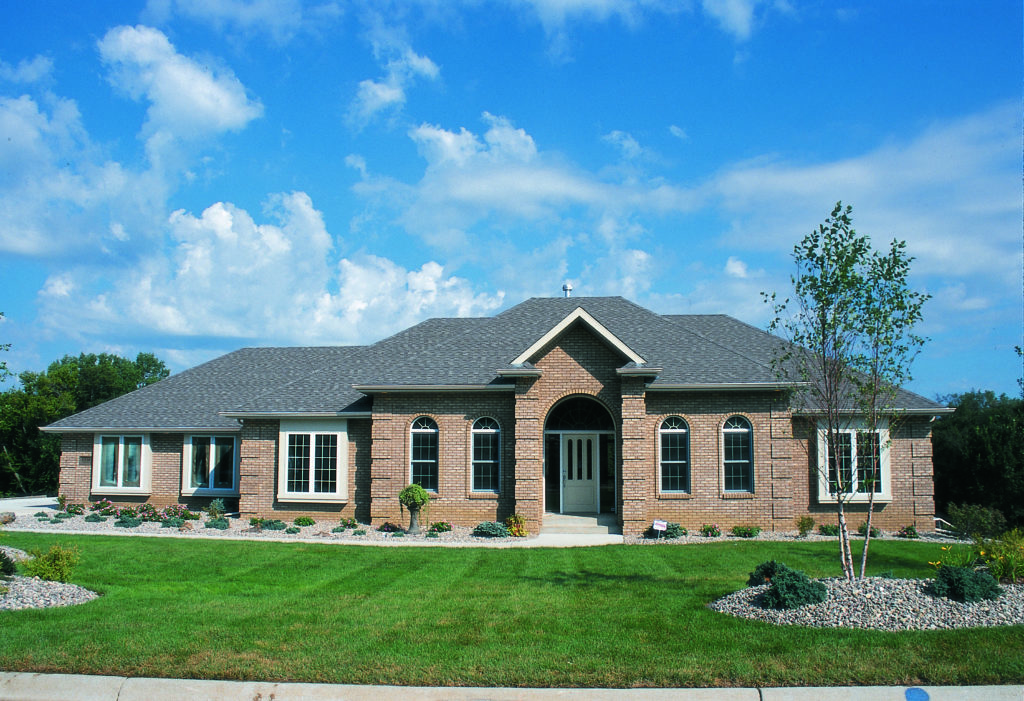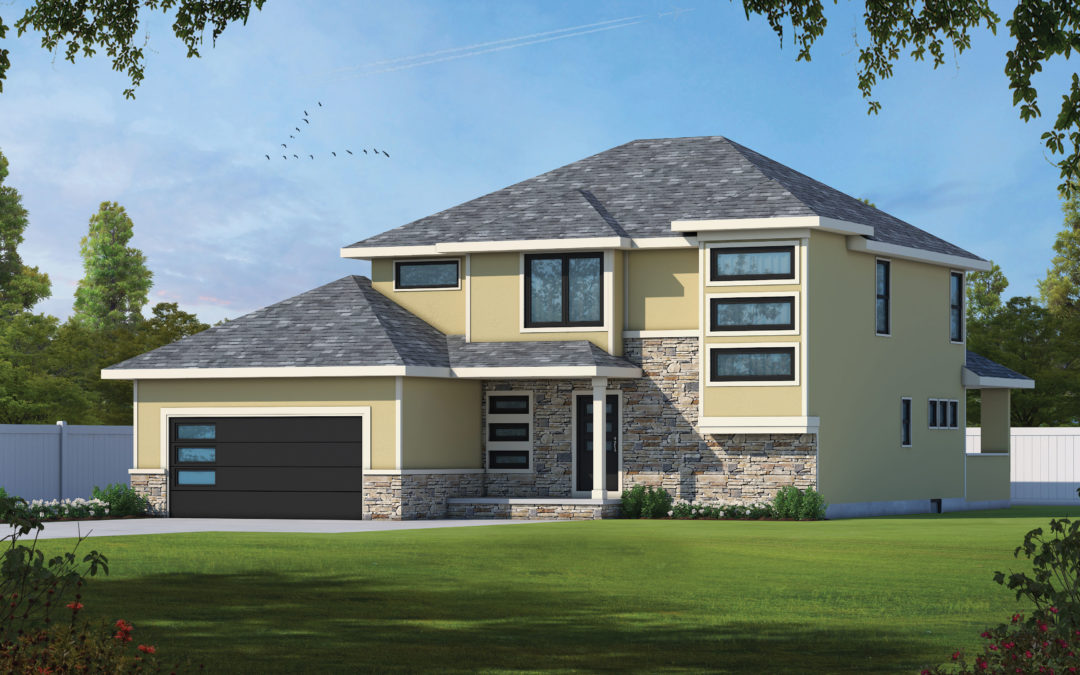
Our Latest Home Design Research Revealed
Design Basics regularly conducts online polls regarding home design and amenity preferences. Here’s what you’ve been telling us:
Front or Back? We asked, “Where would you prefer your home office/remote learning center? Right up front (convenient for receiving clients and colleagues) or privately located at the back?
Larger Closets or Added Bath? We asked which way you would prefer to have the Teglia Place, plan 42481, built: as originally designed with walk-up closets in the secondary bedrooms + a powder bathroom near the stairs, or forego that half-bath in favor of walk-in closets for Bedrooms 2 and 3?
More Space or More Light? We posed the question that if it were the same price, would you choose to have the Cavanaugh, plan 8540, built with the additional loft space/storage upstairs behind the bedrooms, or with added windows increasing natural light levels and offering cross breezes for ventilation.
3rd Garage Stall or Sun Room? The Cherry Park plan 42442 as originally designed has a deep, tandem 3rd car garage stall (also think storage or workshop!) The plan comes with option of finishing off most of that tandem garage space as a Sun Room.
For more resources on thoughtful design:
- Read other articles on our blog
- Browse our Her Home™ Magazine
- Thoughtful Design Concepts
Cover photo: <a href=’https://www.freepik.com/free-photos-vectors/people’>People photo created by pch.vector – www.freepik.com</a>
